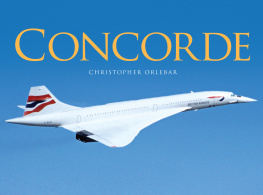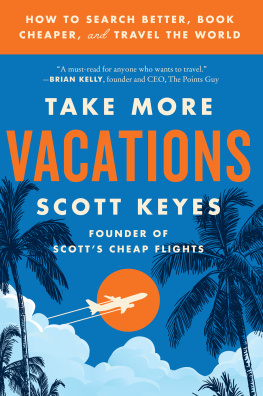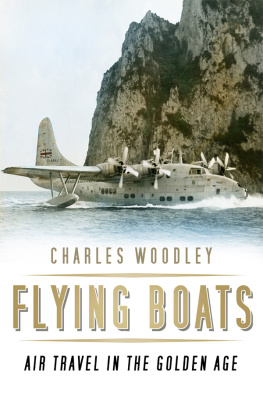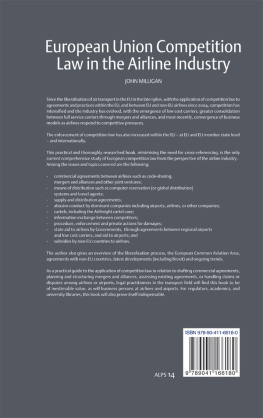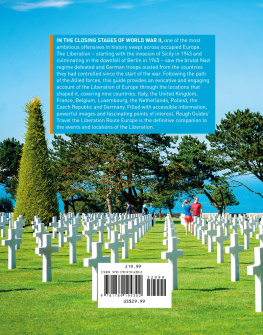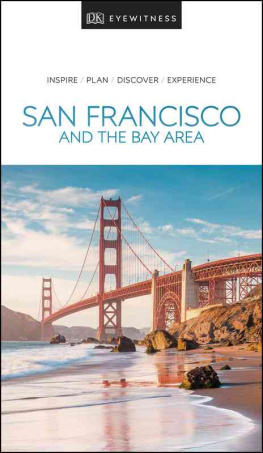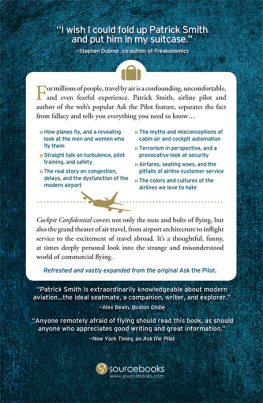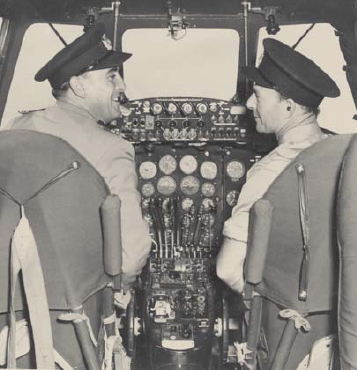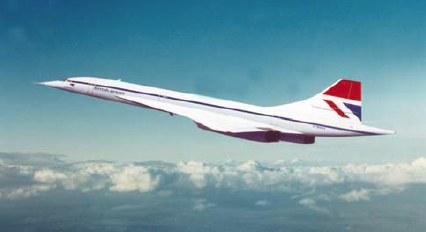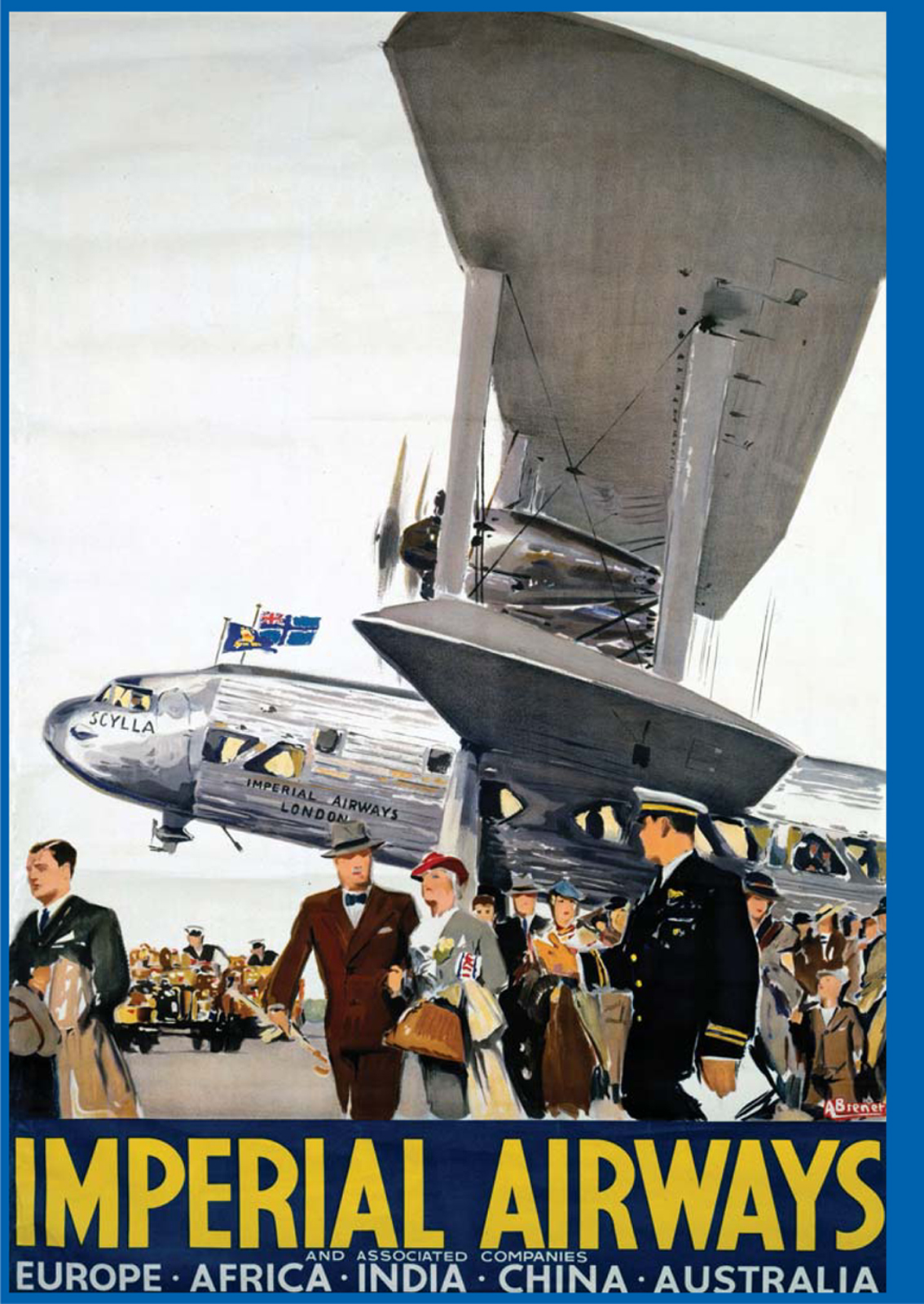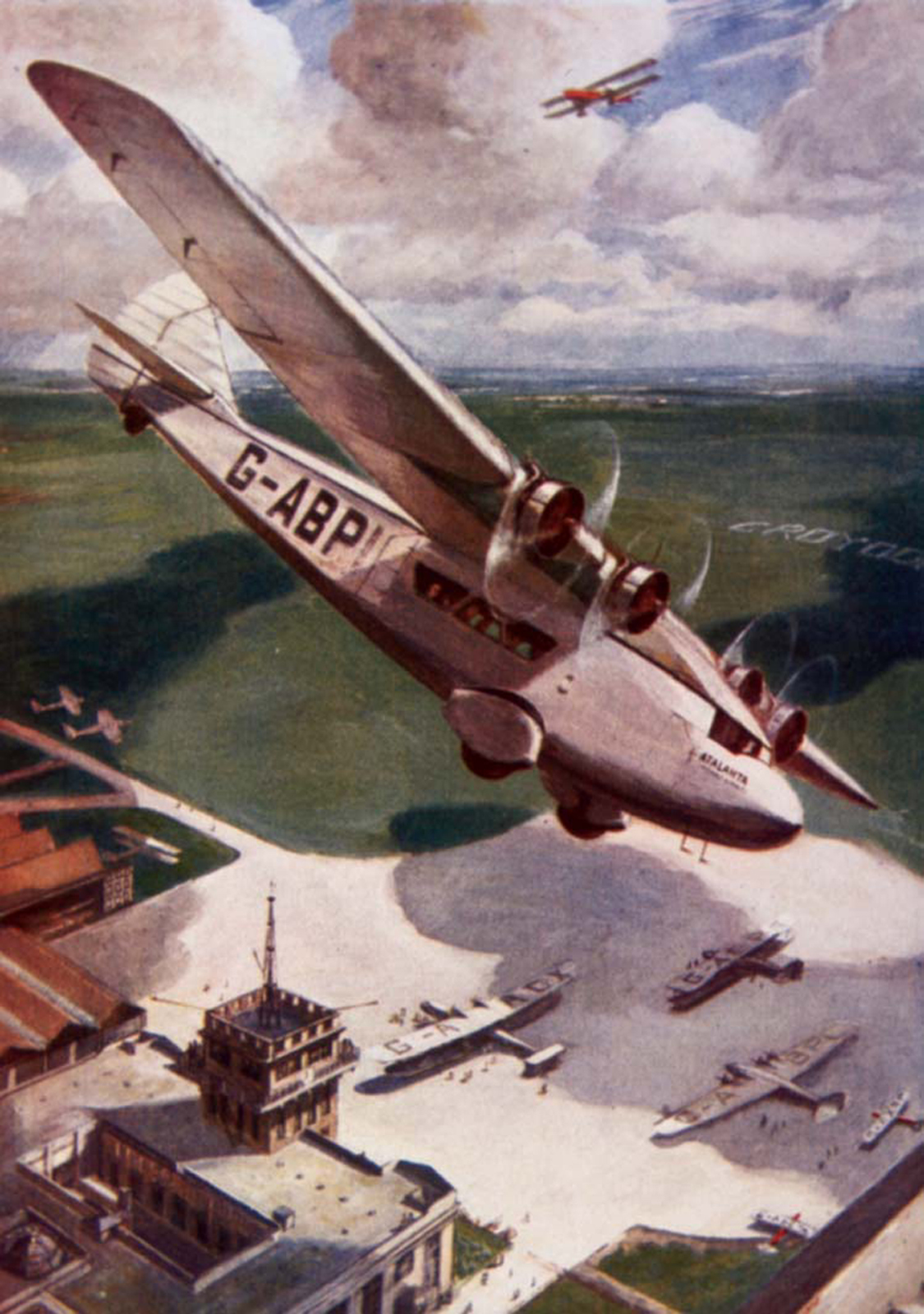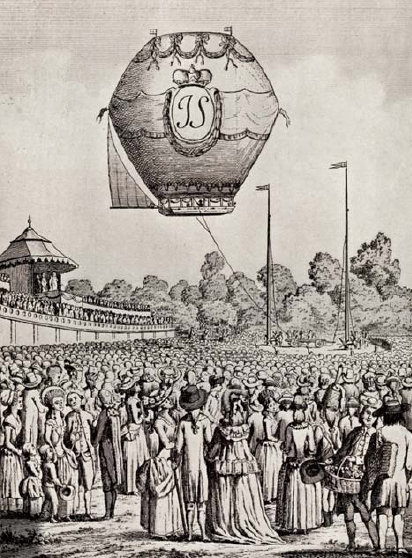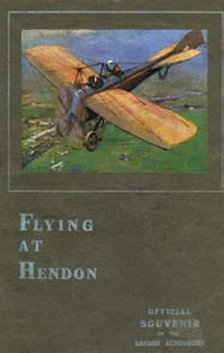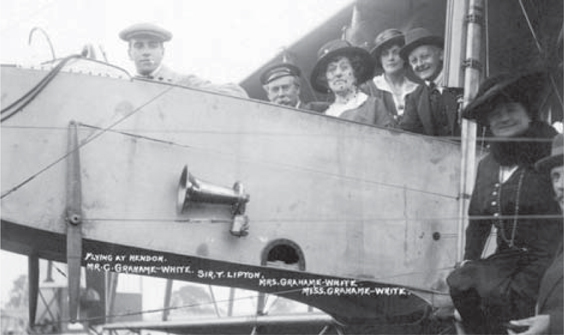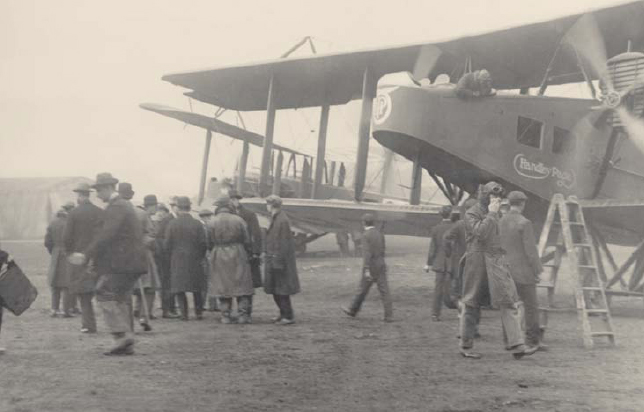THE GOLDEN AGE OF AIR TRAVEL
Nina Hadaway
View of the cockpit, captain and first officer on board a VickersViscount, the worlds first gas-turbine-powered commercial aircraft.
SHIRE PUBLICATIONS
Concorde in flight.
CONTENTS
Imperial Airways poster, 1930s.
INTRODUCTION
When once you have tasted flight you will forever walk the earth with your eyes turned skyward (Leonardo da Vinci)
S INCE THE DAWN OF TIME , man has turned his eyes to the sky and wondered. Flying has featured in fables, legends and myths. It has become a reality through trial and error, perseverance and scientific investigation, with the invention of both lighter-than-air vehicles such as balloons and heavier-than-air craft. Over the years the form of these creations has changed, with different disciplines and new technologies coming together to determine the latest designs. The role of the aircraft has also developed. This book looks at how commercial air travel has evolved from short joy-rides to round-the-world flights. It highlights the passenger experience from the 1910s to the 1970s; a golden age of air travel because of the way in which flying was undertaken, the attitude of the public towards flight during this period, and the many features that no longer form a part of todays mass movement of people around the world. It was a time when flying was considered exciting and modern, both a novelty and a treat. It was a glamorous adventure to be savoured and enjoyed.
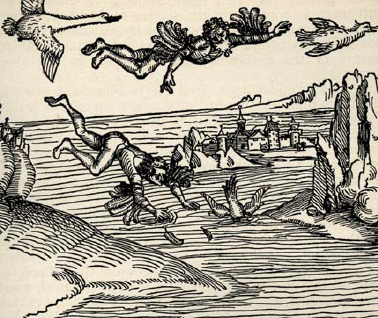
An early woodcut depicting the story of Icarus flying too close to the sun.
The monoplane Atalanta, built for the British Empire routes of Imperial Airways, flies over Croydon Airport in the 1930s. Contemporary artwork.
EARLY DAYS OF AIR TRAVEL
F LYINGWAS STILL IN ITS INFANCY when the first fare-paying passengers took to the air. As early as the eighteenth and nineteenth centuries, huge crowds gathered to witness the ascents made by pioneering balloonists. Soon it became possible for members of the public to be taken up, and at the cost of a few shillings several minutes could be spent aloft.
With the development of the aeroplane, enthusiasts promoted this exciting new mode of transport. Air shows and aerial derbies were organised during the 1910s. These caught the imagination of the public, and thousands attended meetings and displays. Those held at Hendon were very popular, and the Hendon Habit was formed. Attending this venue became part of the summer social calendar alongside Ascot or Henley. The pilots taking part at Hendon became celebrities and offered joy-rides that were enthusiastically taken up by those who could afford them. It became fashionable to wrap up against the elements and to go on a circuit of the showground with one of these airmen. The thrill of such an experience was often accompanied by a degree of trepidation. Lieutenant Colonel Charles Edward Stewart was a passenger at Hendon in 1912. He recalled some years later:
Theres nothing like your first flight! I climbed into the thing and saw my seat was a plank with wickerwork sides and back. The pilots body would come between my legs and his shoulders would be level with my knees so that if the things nose dipped suddenly I should probably fall on top of him I told him I felt most insecure.
The idea of taking several passengers up at once was explored, and companies such as the Grahame-White Aviation Company Ltd built aircraft for this purpose. Between 1910 and 1914 airships in Germany carried over thirty thousand passengers on sightseeing trips or on flights between the countrys cities. By 1914 seasonal flights in aircraft were being undertaken in the United States and Russia. With the outbreak of the First World War, however, commercial flying in Europe effectively ceased until the conflict had ended in 1918. Despite these circumstances, the first commercial airline flying aircraft, Deutsche Luft Reederei (a forerunner of Lufthansa), was founded in 1917, although its services did not begin for another year.
The first balloon ascent from Vienna, 1784.
Souvenir programme for the Hendon air show, 1910s.
In the United Kingdom civil flying was banned until May 1919. The potential for commercial aviation was recognised by many, though, and a Department of Civil Aviation was set up. In the immediate post-war years a number of air-travel companies were established in Europe, the United States and Australia. Their initial focus was on the transport of freight, especially mail, but some passenger services were also offered. Flights were slow compared to the speeds of today, but the aeroplane was faster than travelling by rail or sea, and this appealed to many businessmen. In some countries, such as Australia, air travel offered the best means of getting from one place to another.
Passengers and their pilot, Claude Grahame-White, on board the Grahame-White Type 10 Charabanc, Hendon, 1914.
Aircraft Transport and Travel (AT&T), a subsidiary of the British manufacturing firm Airco, flew the first scheduled international passenger flight in the summer of 1919. This took place between London (Hounslow Heath) and Paris (Le Bourget). AT&T was soon joined by other businesses, and services between Europes leading capitals became available to those who could afford them. As air forces shrank after the war, many of the companies purchased surplus military aircraft and employed skilled pilots who had served in the war. These pilots had sole responsibility for their passengers and the aircraft. In addition to an annual salary, they received flying pay, calculated from a set amount for each hour in the air.
Passengers waiting to board the Handley Page O/400 converted aircraft at Cricklewood aerodrome, northwest London, for their flight to Paris, c. 1919. Note the flying clothing worn by the pilot and several passengers.
Conditions in these converted military aeroplanes were basic. Customers often had to climb or be helped into seats that were exposed to the elements. Some amenities were available, however, and Handley Page Transport offered the first post-war in-flight refreshments. These consisted of lunch baskets available for an extra 3s. For customers of AT&T the loan of flying clothing was included in their fare. In aircraft with enclosed cabins passengers sat on wicker chairs bolted to the floor. These were widely spaced out so that there was plenty of leg-room, but no seat-belts were available. A toilet was often provided, but it was rather primitive, and located behind a curtain.
Next page

